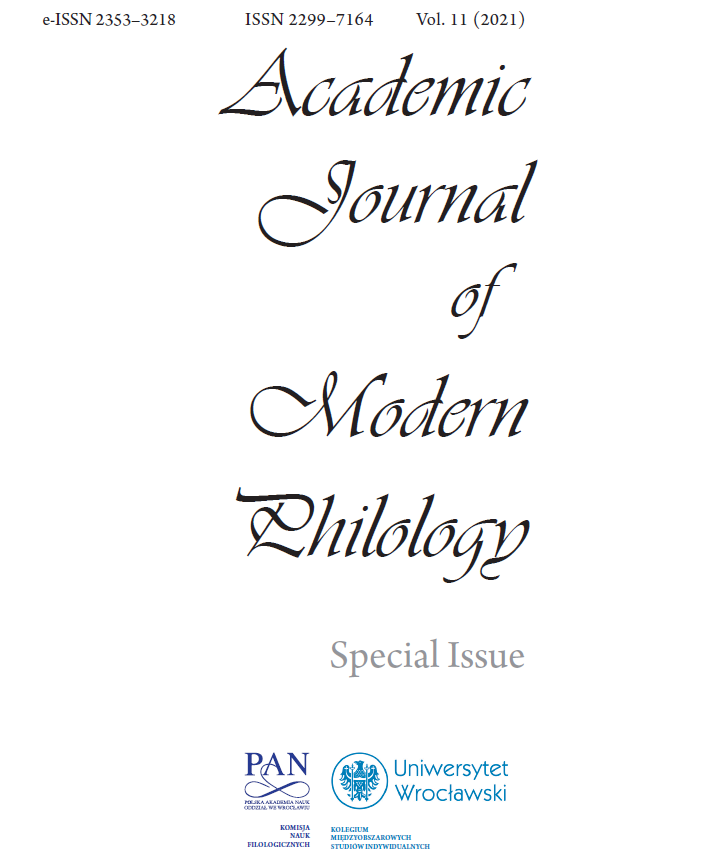La représentation littéraire de la condition de la femme dans la médina (la vieille ville). Entre cloisonnement et liberté de mouvement
The Literary Representation of the Conditions for Women in the Medina (Old Town). Between Confinement and Independence of Movement
Author(s): Mohamed DawSubject(s): Language and Literature Studies, Studies of Literature, Sociology, Other Language Literature, Sociology of Culture
Published by: Komisja Nauk Filologicznych Oddziału Polskiej Akademii Nauk we Wrocławiu
Keywords: urban space; medina; domestic space; hammam; souk; spatial discrimination
Summary/Abstract: In the Muslim world, where tradition and religion dictate the social code, the appropriation of urban space is based on gender: men are assigned to the public sphere, while women are dismissed to the private and domestic sphere. The medina (old town) illustrates this separation between a female “inside” and a male “outside”. Arabic literature (especially Maghrebian writers like Tahar Benjelloun, Driss Chraïbi, Aïcha Lemsine, or Malika Mokeddem) often portrays this discrimination, which is due to patriarchal practices consecrating the primacy of man while evoking the confinement of a woman in a restricted space of circulation—that of the house. Her day-to-day life is limited to home tasks and children’s education. As she embodies the integrity and honour of the family, the woman should also avoid being looked at by any “strangers”. That is why the inside of every house must be split into two parts: one for men and for receiving guests, and the other for women. As it reflects the exclusion of women from the public sphere, the medina paradoxically offers them independence through the structure of the houses, with their adjoining terraces allowing perfect continuity. Although they belong to the private sphere, these places, by their openness, allow women to communicate with each other and share their feelings, woes and repressed desires. At the same time, by circumvented means, the woman manages to thwart taboos (haram) by appropriating the exterior space through her daily outings to the souk (traditional market) and especially by regular visits to the hammam (Moorish bath), where the naked body becomes an object of sensuality, love and care while she is taking a bath and where women, sheltered from the oppressive gaze of men, dare words and forbidden gestures, in this way transgressing family and social constraints.
Journal: Academic Journal of Modern Philology
- Issue Year: 2021
- Issue No: 11
- Page Range: 21-36
- Page Count: 16
- Language: French

